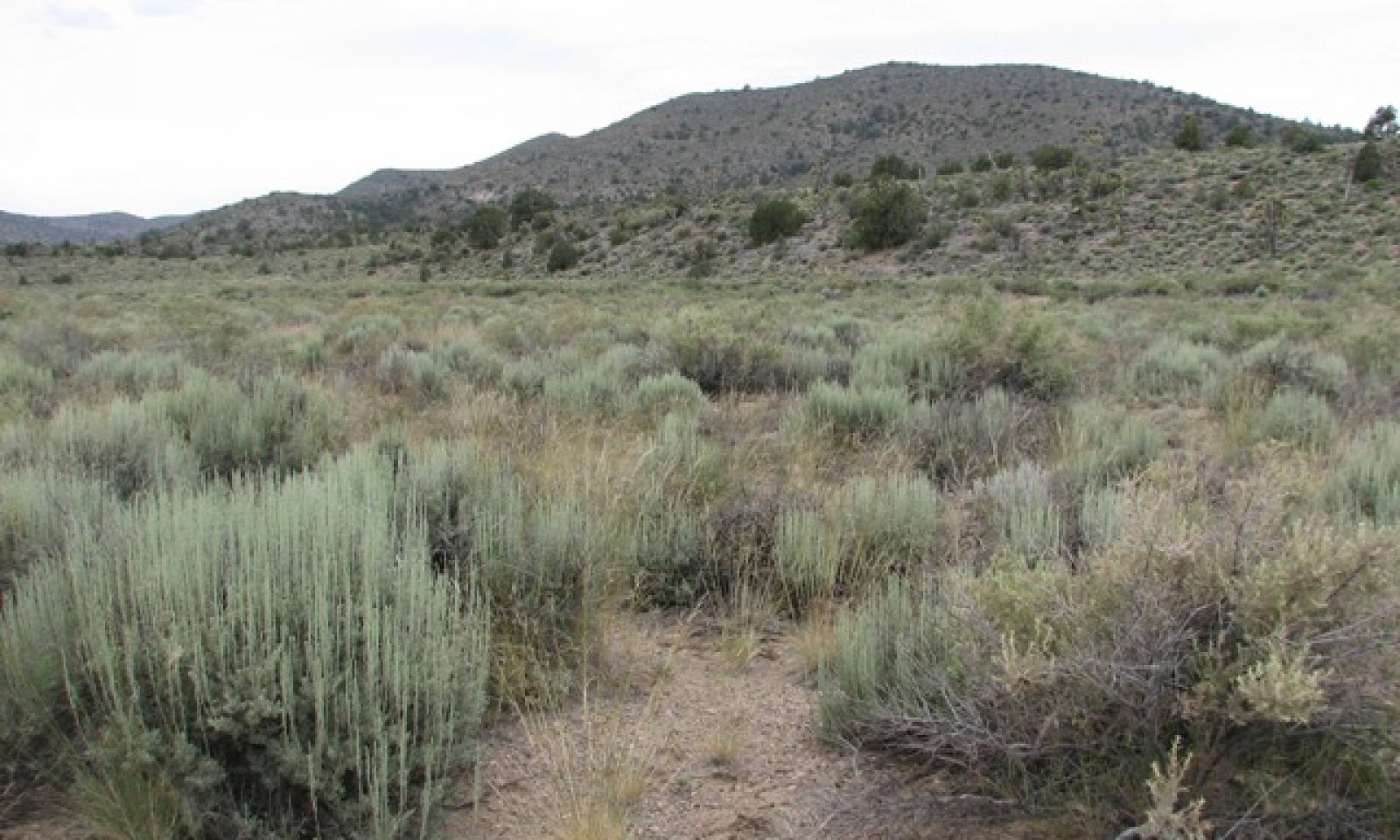
SANDY LOAM 9-11 P.Z.
Scenario model
Current ecosystem state
Select a state
Management practices/drivers
Select a transition or restoration pathway
- Transition T1 More details
-
No transition or restoration pathway between the selected states has been described
Target ecosystem state
Select a state
Description
The reference state is representative of the natural range of variability under pristine conditions. Plant community phase changes are primarily driven by infrequent wildfire, prolonged drought and insect attack or disease. Atriplex plant communities are stable and long-lived.
Submodel
Description
The invaded state is characterized by the presence of non-native species. Ecological processes are not compromised at this time, however, the presence of non-natives reduces ecological resilience of the site. A biotic threshold is crossed, with the introduction of non-native annuals that are difficult to remove from the system and have the potential to alter disturbance regimes significantly from their natural range of variability. Introduced annuals such as red brome and cheatgrass have invaded the reference plant community. These non-natives annuals are highly flammable and promote wildfires where fires historically have been infrequent. Following a disturbance, this state relies on the availability of a nearby seed source for reestablishment of non-sprouting native species.
Submodel
Model keys
Briefcase
Add ecological sites and Major Land Resource Areas to your briefcase by clicking on the briefcase (![]() ) icon wherever it occurs. Drag and drop items to reorder. Cookies are used to store briefcase items between browsing sessions. Because of this, the number of items that can be added to your briefcase is limited, and briefcase items added on one device and browser cannot be accessed from another device or browser. Users who do not wish to place cookies on their devices should not use the briefcase tool. Briefcase cookies serve no other purpose than described here and are deleted whenever browsing history is cleared.
) icon wherever it occurs. Drag and drop items to reorder. Cookies are used to store briefcase items between browsing sessions. Because of this, the number of items that can be added to your briefcase is limited, and briefcase items added on one device and browser cannot be accessed from another device or browser. Users who do not wish to place cookies on their devices should not use the briefcase tool. Briefcase cookies serve no other purpose than described here and are deleted whenever browsing history is cleared.
Ecological sites
Major Land Resource Areas
The Ecosystem Dynamics Interpretive Tool is an information system framework developed by the USDA-ARS Jornada Experimental Range, USDA Natural Resources Conservation Service, and New Mexico State University.
